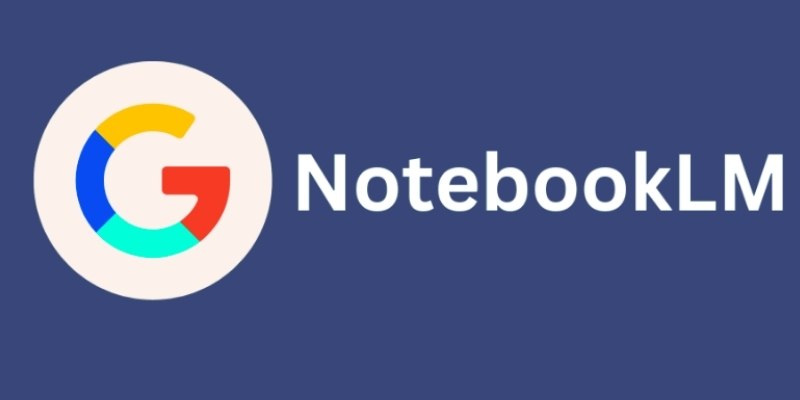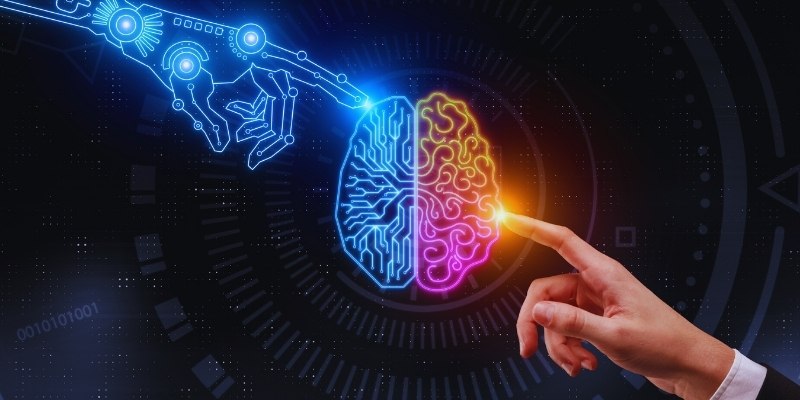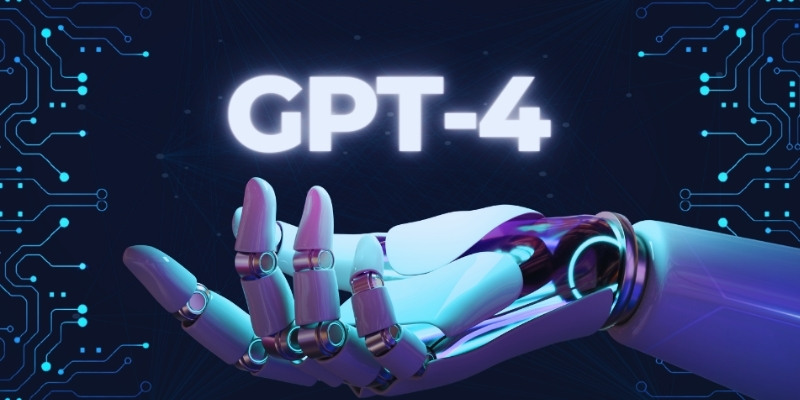Google's NotebookLM is a valuable tool for beginners and data science experts. It facilitates quick data organizing, analysis, and interpretation. This instrument simplifies handling big volumes of data by combining note-taking with machine learning. It lets users readily interact with both structured and unstructured data. Data science deals with challenging datasets. Google NotebookLM streamlines this with its artificial intelligence-driven insights and automation.
It aids in model construction, visualization, and data preparation. For those handling Python, Jupyter Notebooks, and Google Drive, the tool offers a flawless experience. This guide will walk you through how to apply Google's NotebookLM to data science. You will discover its characteristics, advantages, and methodical application. Regardless of your background, you will become proficient in NotebookLM for data analysis and machine learning projects.

What is Google’s NotebookLM?
Designed for effective data management, Google's NotebookLM is a note-taking and research tool driven by artificial intelligence. It connects with Google Docs, Google Drive, and web sources, enabling consumers to arrange and examine data quickly. By automating processes, extracting important insights, and synthesizing content, machine learning helps save time and effort. NotebookLM allows academics and data scientists to structure data, handle big collections, and find trends.
It facilitates several file formats, including text documents, spreadsheets, and code snippets, optimizing data management. Another important quality is cooperation, which lets several people work on projects in real-time. Suggestions driven by artificial intelligence improve data accuracy and lower mistakes, boosting productivity. NotebookLM increases efficiency and simplifies difficult processes for personal pursuits, business analysis, or academic study. It is a useful tool for everyone managing a lot of data with its simple interface and sophisticated automation.
Key Features of NotebookLM for Data Science
For data scientists, Google's NotebookLM presents strong capabilities. Here are some of its most practical aspects:
- AI-Powered Summarization: NotebookLM extracts important insights by automatically summarizing research papers and big datasets. It simplifies research and data analysis by helping consumers grasp difficult knowledge without reading long papers.
- Seamless Integration: The utility provides simple access to several file formats by connecting with Google Drive, Google Docs, and Jupyter notebooks. Users can rapidly upload and examine spreadsheets, text documents, and code snippets.
- Data Organization and Retrieval: NotebookLM lets users tag and classify data for fast access. Machine learning improves access and workflow management by effectively locating pertinent information.
- Automated Insights and Suggestions: Artificial intelligence-driven analysis picks trends, patterns, and anomalies in datasets. NotebookLM's insights and recommendations allow users to make informed, data-driven decisions with the least effort.
- Collaboration and Sharing: NotebookLM lets several people work on projects in real-time. It facilitates the simple distribution of reports, data, and research findings, strengthening cooperation and output.
How to Use NotebookLM for Data Science
NotebookLM lets data scientists arrange, examine, and derive insights from big datasets.
- Step 1: Setting Up NotebookLM: You must have a Google account before using NotebookLM. Link Open NotebookLM to your Google Drive. Start with your datasets, spreadsheets, and research papers. Once combined, you can effectively plan and evaluate data science initiatives. This arrangement streamlines process management and provides seamless data access.
- Step 2: Importing and Organizing Data: NotebookLM supports several data types, including Google Sheets, JSON, and CSV. Tag and label your data for simple access. Headings and bullet points help you structure material to improve clarity. Quick access to pertinent datasets made possible by artificial intelligence-powered search streamlines the study process and increases general data management effectiveness.
- Step 3: Data Preprocessing and Cleaning: Data cleaning guarantees correct analysis and consistent outcomes. NotebookLM removes inconsistencies, pointless entries, and duplicates. It points out missing numbers and suitably fills gaps. Standardizing data structures enhances consistency and simplifies the analysis of datasets. Good preprocessing reduces mistakes and improves the quality of insights gained from data, therefore improving the basis of decisions.
- Step 4: Data Analysis and Visualization: NotebookLM offers in-depth data analysis driven by artificial intelligence. Create graphs, charts, and graphic aids for trend representation. Customized data exploration with Python scripts Effective summary of important results will help to enable rapid decisions. The program's visualizing tools enable the transformation of difficult data into simply accessible trends, thereby optimizing analytical processes.
- Step 5: Machine Learning and Model Building: Advanced users may use NotebookLM for machine-learning tasks. Organize data quickly for models of training and testing. Get feature selection insights to raise model accuracy. Plan model outputs methodically to simplify documentation. NotebookLM improves whole machine learning processes and streamlines the creation of predictive models by including AI-powered recommendations.

Benefits of Using NotebookLM for Data Science
Notebook LM offers many advantages for data professionals, including improved organization, analysis, and research efficiency.
- Saves Time: NotebookLM lessens the time required for hand research by automating insights and AI-powered search. It simplifies the research process by enabling data experts to locate pertinent information rapidly.
- Improves Accuracy: NotebookLM finds mistakes and improves data quality using sophisticated machine-learning techniques. It reduces analytical errors so that the outcomes of data-driven decision-making are more exact and consistent.
- Enhances Productivity: Easy interaction with Google Docs, Google Drive, and Jupyter Notebooks lets processes run smoothly. NotebookLM increases production and frees users to concentrate on important data analysis by automating repetitive chores.
- Simplifies Research: Key insights from big datasets are extracted via AI-driven summarizing, simplifying difficult knowledge. This capability enables analysts and researchers to handle enormous volumes of data effectively.
- Supports Collaboration: Multiple users of NotebookLM can work on a single project in real-time. Teams' easy sharing of datasets, insights, and reports enhances research results, efficiency, and teamwork.
Conclusion:
Data science would benefit much from Google's NotebookLM, which streamlines data management, analysis, and machine learning. AI-driven automation offers rapid insights, hence improving process efficiency. For both novice and experienced users, NotebookLM enhances data processing and decision-making ability. For data professionals, its main characteristics, AI-powered recommendations, automatic summarizing, and real-time collaboration, qualify it as perfect. Simplify data analysis and research using NotebookLM. Unlock its sophisticated features to increase output and streamline data control. Discover its features to easily hone machine learning abilities, streamline processes, and enhance research. Start using NotebookLM right now to get better data science outcomes.











